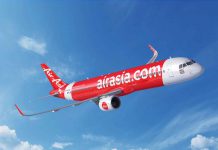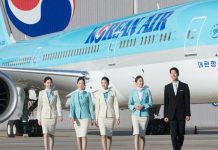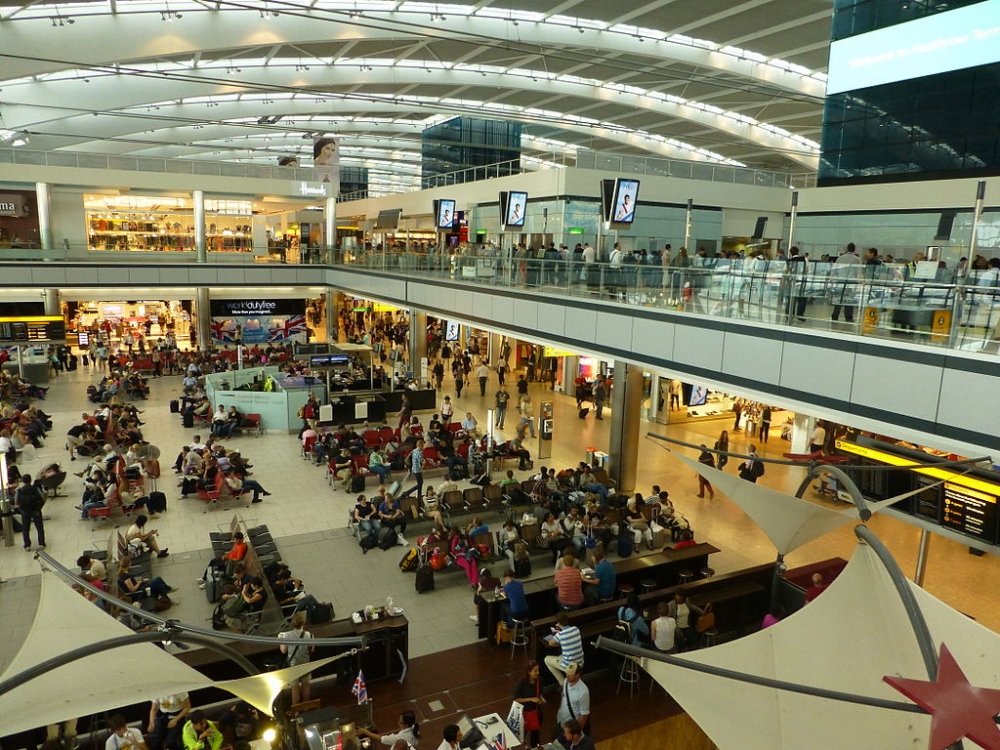Travelers can expect fuller planes and higher average ticket prices in 2018 as the number of global passengers increases 6 per cent to 4.3 billion and the global airline profit rises to $US38.4 billion.
The chances of passengers finding the seat next to them unoccupied will reach an all-time low as traffic outstrips capacity growth and the average load factor — a measure of the proportion of seats filled on an aircraft — hits a record 81.4 per cent.
Passenger growth will be below the 7.5 per cent seen in 2017 but still ahead of the long-term average over the past 10 to 20 years of 5.5 per cent as global GDP growth hits its strongest level since 2010.
The fuller planes are expected to see yields rise by 3 per cent and the average net profit per departing passenger rise from $US8.45 to $US8.90, according the a new forecast by the International Air Transport Association.
The global airline profit will rise from an expected $US34.5 billion in 2017 as revenues rise 9.4 per cent in 2018 to $US824 billion.
Global revenues are expected to rise 9.4 per cent to $US824 billion compared to 2017 and passenger revenues are expected to rise 9.2 per cent to $US581 billion.
Cargo is also expected to see continued growth with volumes up 4.5 per cent in 2018, although this will be below the 9.3 per cent growth of 2017 when companies found themselves needing to restock quickly to meet unexpectedly strong demand.
IATA attributed the increased profitability to a combination of strong demand, increased efficiency and reduced interest payments.
“These are good times for the global air transport industry,’’ IATA director general Alexandre de Juniac said in the forecast.
“Safety performance is solid. We have a clear strategy that is delivering results on environmental performance. More people than ever are traveling.
“The demand for air cargo is at its strongest level in over a decade. Employment is growing. More routes are being opened. Airlines are achieving sustainable levels of profitability.
“It’s still, however, a tough business, and we are being challenged on the cost front by rising fuel, labor and infrastructure expenses.”
A regional breakdown forecasts expanded profits with demand increases outstripping capacity growth.
Airlines in North America, where there has been a reduction in the number of carriers, continue to lead on financial performance and will again account for nearly half of all profits worldwide.
Strong market conditions are expected to see net profit rise from $US15.6 billion in 2017 to $US16.4 billion next year, despite rising costs.
Asia Pacific airlines are forecast to return a profit of $US9 billion (up from $US8.3 billion in 2017) as cargo markets benefit from increased demand. Passengers conditions vary across the region with a string domestic performance in some countries but low cost carriers intensifying competition and keeping profits low in South East Asian nations..
European carriers will make $US11.5 billion (up from $US9.8 billion) as they benefit from strong economic recovery in home markets aqd strong trans-Atlantic demand.
Factors such as moderate recovery in the Brazilian economy, growth in Mexico and a weaker US are expected to see Latin American carriers generate a $US900m profit (up from $US700m).
Middle eastern carriers are forecast to see their overall profit double to $US600m in 2018 with strong demand growth of 7 per cent.
“The region’s carriers face challenges to their business models, and from low oil revenues, regional conflict, crowded air space, the impact of travel restrictions to the US, and competition the new “super connector” (Turkish Airlines),’’ IATA said. “Despite the challenges, there is positive momentum heading into 2018.”
African carriers are still expected to make a $100 million collective net loss in a slowly improving economic environment.
Challenges are expected to include rising fuel and labor costs.
IATA is predicting oil prices will average $US60 per barrel for Brent crude in 2018, up 10.7 per cent from $54.20 a barrel in 2017.
“Jet fuel prices are expected to rise even more quickly to $US73.80 per barrel (up 12.5 per cent on $US65.60 in 2017),’’ it said. “Airlines with low levels of hedging (in the US and China for example) are likely to feel the impact of this increase more immediately than those with higher average hedging ratios (Europe).
“The fuel bill is expected to be 20.5 per cent of total costs in 2018 (up from 18.8 per cent in 2017).”
Labor costs have eclipsed fuel as biggest expense for airlines globally and are expected to account for 30.9 per cent of costs in 2018.
Unit costs are expected to grow by 4.3 per cent in 2018, up from 1.7 per cent growth in 2017, and outpace an expected 3.5 per cent increase in unit revenues.
























